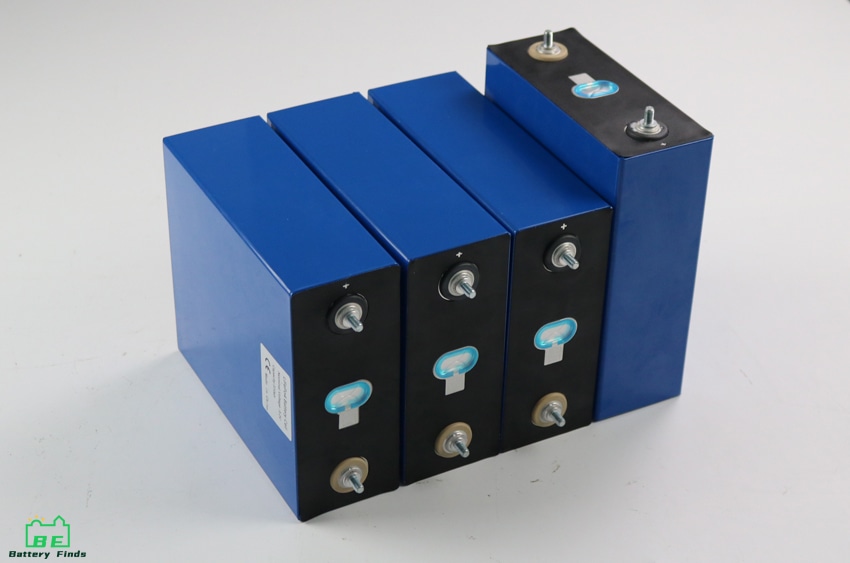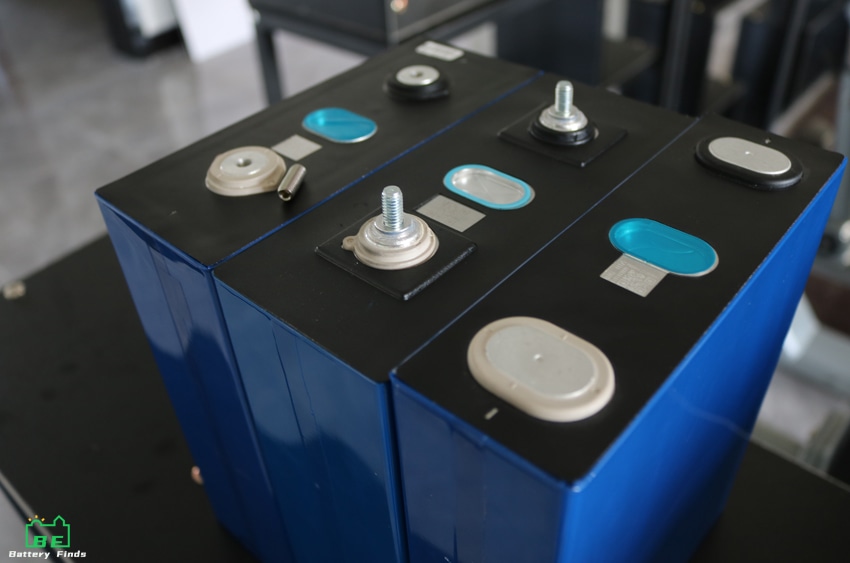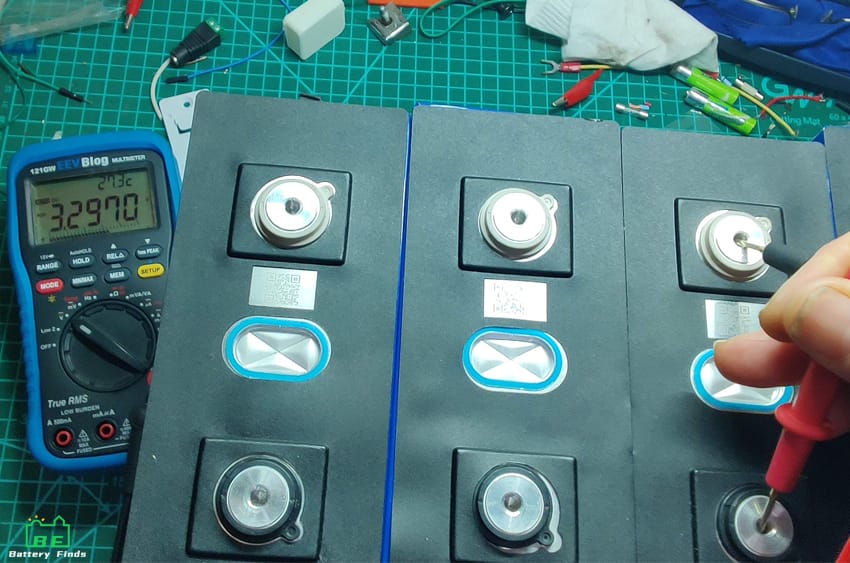Have you ever bought a fake LiFePO4 battery? With the continuous development of the battery industry, all kinds of batteries have begun to be integrated into our lives. Now that the universality of LiFePO4 batteries has been greatly enhanced, the battery market is becoming larger and larger. Of course, under this premise, some unscrupulous battery sellers will appear, using inferior batteries as brand-name batteries to deceive us. How to identify fake LiFePO4 batteries is a skill we all have to learn.
Ask the Battery Seller for Datasheet before buying LiFePO4 Battery

The datasheet is very important, it is marked with most of the things you need to know, such as battery capacity / charging current / cut-off current / cut-off voltage, and other important information. In addition, the existence of the datasheet means that this battery is made by a compliant manufacturer, not some counterfeit manufacturer. Before buying LiFePO4 batteries, it is recommended to first understand what capacity LiFePO4 batteries will be produced by each brand, and some brands do not produce capacity, which is undoubtedly fake, and there will be no datasheet because they are never manufactured.
Generally speaking, great LiFePO4 battery sellers will have the datasheet of each battery on sale, and they will send you the datsheet as long as you ask for them before buying the battery. Do not trust battery sellers who cannot provide datasheet. Because this kind of business may not be so formal, and LiFePO4 batteries are not very cheap items, there is no need to take risks.
Ask the Battery Seller for the QR code before buying LiFePO4 Battery or before shipping

At present, the vast majority of LiFePO4 batteries will be equipped with a QR code, usually between the positive and negative electrodes of the battery. The QR code can help you confirm the basic condition of the battery, such as battery brand, battery type, battery model, battery production line, battery date, etc. For some QR codes, we can obtain information by scanning the mobile phone to detect whether the sales information of the battery is consistent with the specifications of the battery manufacturer, such as EVE. In addition, there will be some digital codes around some QR codes, which can be interpreted by certain methods. Of course, each brand is different.
Despite this, most QR codes are unrecognizable for 2 main reasons:
Reason 1: The QR code used by the battery requires a dedicated scanner inside the factory to obtain battery information, and we cannot scan it. In other words, this is the identification code inside the factory, and most battery manufacturers currently use this form.
Reason 2: The QR code is fake, which means that the battery is not the original product, it may have been modified, or it is simply a counterfeit product.
So in general, whether the QR code can scan the information is not that important, because there is no way to help us determine whether the battery is genuine or not. However, if the QR code of the battery is scratched, it is not recommended to buy it. No matter what the reason is, the scratching of the QR code is not a good thing for us, and there is no need to take risks.
Check and Measure the LiFePO4 Battery after getting it

After getting the LiFePO4 battery, the first thing to do is not to assemble your battery, but to check your battery. First of all, we must start with the appearance. Great battery sellers will package the battery well before sending it out, so the battery is rarely damaged. What we need to check: whether the QR code of the battery is the same as the one provided before delivery, whether the insulating film is damaged, whether the inner screw (if any) of the battery terminal part is damaged, and whether the explosion-proof valve is damaged.
After that, we need to test the battery capacity, which is also the most important step. Due to the superior safety of LiFePO4 batteries, the main goal of unscrupulous battery sellers is actually to reduce costs—that is, to reduce capacity.
The first thing we need to know is a concept called energy density. Energy density can determine the performance of a battery, which is very important. At present, the energy density of the excellent LiFePO4 batteries we can buy will be between 150Wh/kg ~ 180Wh/kg, and the theoretical maximum energy density of LiFePO4 batteries is also around 180Wh/kg. Only a few companies can produce 180Wh/kg LiFePO4 battery, and more importantly, we cannot buy this ultra-high performance LiFePO4 battery at all. In other words, LiFePO4 batteries with an energy density higher than 180Wh/kg can be considered fake LiFePO4 battery as long as they are calculated.
The calculation method is very simple, first, you need to have an electronic scale to get the weight of your battery, and a multimeter to measure the voltage. Then calculate according to the following formula: voltage*capacity/weight. If the final result is larger than 180Wh/kg, it is a fake LiFePO4 battery. But if the result is too small, you need to search the production capacity of the battery brand to determine whether it is a fake LiFePO4 battery. According to the formula, the actual capacity can also be deduced in reverse.
Summary
The expansion of the LiFePO4 battery market is a good thing, but at the same time, there are countless unscrupulous battery sellers involved. As a customer, it is very important to learn to identify fake LiFePO4 battery, which can help us stay away from being deceived and get the best LiFePO4 battery.


Great help